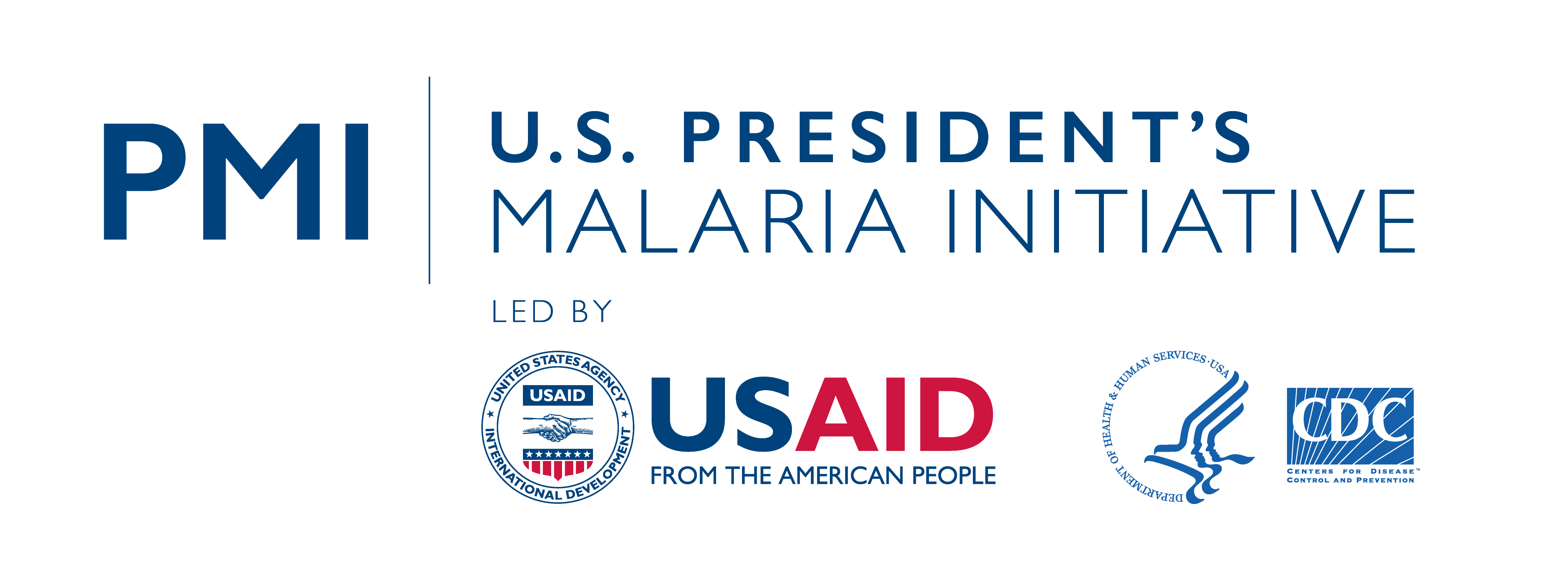 Insecticide-treated nets (ITNs) are an essential tool in the global effort to eradicate malaria. ITNs provide the double benefit of providing a physical barrier protecting individuals while they sleep and repelling and killing mosquitoes. The use of ITNs has been incredibly successful—in Africa, estimates suggest that 68 percent of all averted malaria cases since 2001 are due to the use of ITNs.[1]
Insecticide-treated nets (ITNs) are an essential tool in the global effort to eradicate malaria. ITNs provide the double benefit of providing a physical barrier protecting individuals while they sleep and repelling and killing mosquitoes. The use of ITNs has been incredibly successful—in Africa, estimates suggest that 68 percent of all averted malaria cases since 2001 are due to the use of ITNs.[1]
However, mosquito populations have begun developing resistance to pyrethroids, the primary class of insecticides used for ITNs. Pyrethroid resistance has been reported in more than 85 percent of countries that monitor insecticide resistance.[2] This resistance threatens the effectiveness of ITNs and could lead to an increase in malaria cases in countries like Nigeria, where pyrethroid resistance has become widespread.
New Nets: An Opportunity and Challenge
Pyrethroids are no longer the only class of insecticide that can be used to treat ITNs. In response to growing pyrethroid resistance, Nigeria has introduced three new types of ITNs. The first type uses a chemical called piperonyl butoxide (PBO nets) which can restore susceptibility and when treated in combination with a pyrethroid insecticide, can be lethal to pyrethroid-resistant mosquitoes. The two additional ITNs are called dual-active ingredient (dual-AI) nets which combine two or more insecticides with different modes of action in one ITN. While both ITNs contain a pyrethroid, one also contains chlorfenapyr (marketed under the brand name Interceptor G2 or IG2) the other contains pyriproxyfen (marketed under the brand name Royal Guard). In Nigeria, chlorfenapyr and pyriproxyfen remain effective against mosquitoes in many states. These new types of ITNs are more expensive than standard pyrethroid nets, necessitating difficult decisions on where to deploy them.
For governments with limited budgets and complex health system needs, deciding to invest in new technology can be challenging. Decision-makers rely on data to guide these decisions. The experience of other countries in moving to new types of ITNs provides insights into the effectiveness of this intervention. But governments also want assurances that new types of ITNs will be effective against local vector populations and ultimately contribute to national malaria control and elimination efforts. Analysis of data generated from communities in Nigeria helps the country’s national decision-makers build confidence in investing in these new types of ITNs.
Making nets work in Nigeria
Nigeria has invested in new ITN products to help overcome growing pyrethroid resistance throughout the country. In November 2019, Nigeria’s National Malaria Elimination Program (NMEP), with technical and operational support from the U.S. President’s Malaria Initiative (PMI), distributed 1.7 million PBO ITNs throughout all local government areas in Ebonyi State, enough ITNs to cover the estimated 3,112,560 population. With support from the Global Fund to Fight AIDS, Tuberculosis and Malaria in 2020, the NMEP also distributed 2.8 million PBO ITNs in Adamawa State, 3 million standard and PBO ITNs in Osun State, and 2.2 million Royal Guard and IG2 ITNs in Kwara State. In 2021, Kebbi State will receive IG2 ITNs, while Oyo State will receive IG2 and PBO ITNs.
With support from the PMI VectorLink project, Nigeria’s NMEP is monitoring the deployment of PBO ITNs in Ebonyi State. Monitoring activities include tracking the number and location of ITNs distributed and collecting enhanced entomological data to monitor the effect of the new ITNs on local mosquito populations. When paired with data on malaria incidence and evidence of pyrethroid resistance, decision-makers can see how the PBO ITN distribution contributes to malaria reduction efforts. PMI VectorLink compiled the various data sources and developed a series of interactive dashboards to make these insights accessible (Figure 1, Figure 2, Figure 3).

Figure 1: A dashboard of the entomological context of Ebonyi State, showing vector species composition, biting times and the geographic spread of pyrethroid insecticide resistance.

Figure 2: Dashboards with details on the mass ITN campaign provide data in an accessible format to decision-makers in Nigeria.

Figure 3: A dashboard showing the malaria case incidence in Ebonyi State to be updated annually to more easily assess changes in cases after the 2019 PBO net distribution.
Decision-makers can now view maps and other visualizations that overlay ITN distribution data, entomology data, and malaria case incidence. The NMEP is planning to use these dashboards during annual review meetings to guide vector control decision making. While data will be updated regularly, PMI VectorLink will also conduct a full assessment covering the lifetime of the ITNs in 2022. Both regularly available data and the long-term impact assessment will help inform ITN deployment in Nigeria—and increase the impact of vector control interventions in the future.
[1] Bhatt S, Weiss DJ, Cameron E, Bisanzio D, Mappin B, Dalrymple U, Battle K, Moyes CL, Henry A, Eckhoff PA, Wenger EA, Briët O, Penny MA, Smith TA, Bennett A, Yukich J, Eisele TP, Griffin JT, Fergus CA, Lynch M, Lindgren F, Cohen JM, Murray CLJ, Smith DL, Hay SI, Cibulskis RE, Gething PW. The effect of malaria control on Plasmodium falciparum in Africa between 2000 and 2015. Nature. 2015 Oct 8;526(7572):207-211. doi: 10.1038/nature15535. Epub 2015 Sep 16. PMID: 26375008; PMCID: PMC4820050.
[2] World Health Organization (WHO). World Malaria Report 2019. Geneva: WHO; 2019.

